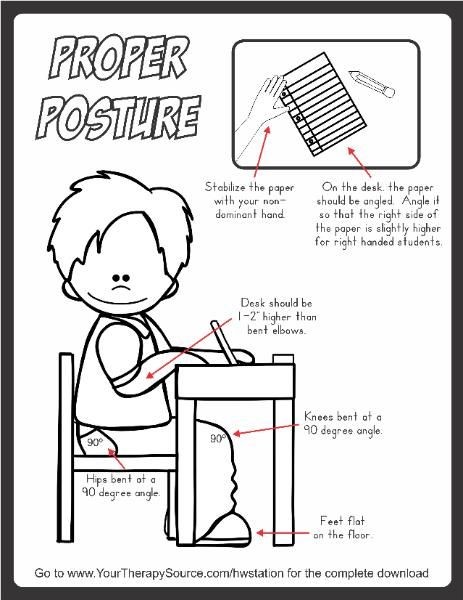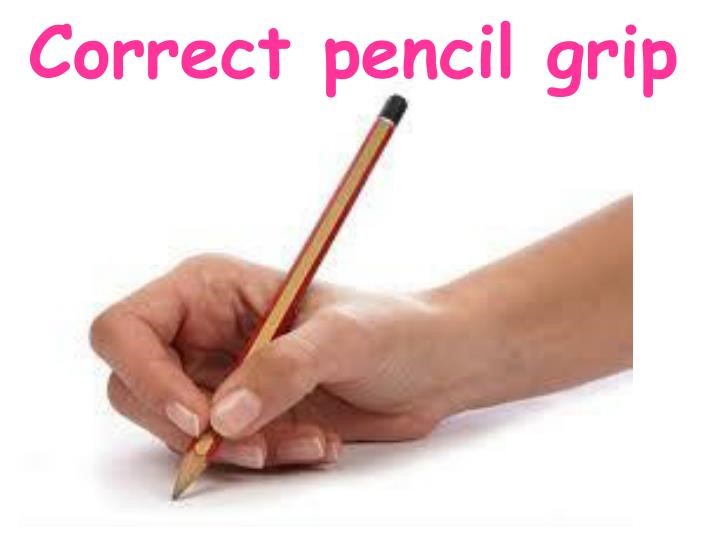 By: Tina Pipher, MA, OTR/L; Level I Certified HWT
By: Tina Pipher, MA, OTR/L; Level I Certified HWT
Handwriting is an important fine motor skill that begins with many pre-requisites in order for the skill to be efficient and easy for our children. Here are some ideas for students struggling with this skill:
1. Ensure all primary skills are well ingrained and achieved. These include all manipulation skills. The ability to move objects around in and out of the hand is important for all the small musculature of the hand. Other pre-req skills include attention, behavior, and language. The student must demonstrate these abilities in order to be successful in writing. Also, shoulder girdle strength can impact fine motor skills.
2. There is an order that should be followed when learning to write. Initially, young children will complete simple strokes of horizontal and vertical, moving to circular strokes, and eventually diagonal strokes. These then become simple shapes of circle, square, and triangle. Then we can move onto letter formation.

3. Start with all upper case printing before moving onto lower case printing. The reason this works is that upper case letters are all the same size and use simple shapes and strokes. They are all starting at the top and stay in the same position on the line. This is much easier to complete then lower case letters which can be tall, small, ascending, descending and have more complex strokes, a variety of sizes and starting points.
4. Ensure a good physical approach. Posture counts! Ideally, hips and knees at 90 degrees with feet flat on the floor; elbows are bent at 90 degrees. Additionally, arms are resting comfortably, no more than 2 inches above or below that 90 degree mark. The ability to sit upright for a long period of time can be crucial. This is also includes pencil grasp, which should be taught and practiced.


5. Teach the correct technique! This is of utmost importance. Children will learn best when given specific directions; imitation is necessary prior to working on copying and finally moving onto independent writing. Allow the child to imitate each stroke, working on the correct size and formation for each letter. If this is challenging, use a multi-sensory approach to help them to learn the correct form sequence for each letter. Practice makes perfect and 5-10 minutes/daily works best! When your child is not making progress and you need assistance, seek out an occupational therapist trained in handwriting!
HAPPY WRITING!! For more information, check out Handwriting or Learning without Tears. They offer great curriculum materials and ideas to help all children learn to be efficient and legible writers.

The Basics from the 1900’s. I love that book and the activities that children do in order to help strengthen their fingers in preparation for writing.
I have been advocating this as OTA in school setting for 17 yrs…few teachers listen and children’s handwriting is awful! Why is there such a hurry to write lower case letters so very young and why are we having students writing letters before basic shapes are accomplished?
Thanks for the great information!
Would like to learn more about dysgraphia
Is there any way I can get a copy of the Pre writing shapes sheet?
Hi Denise,
Thank you for reaching out! Yes, we would be more than happy to send the Pre-Writing Shapes Sheet to you. Please provide the best email address to send it to.
Thanks for the info
What do you recommend for the orientation of paper for left hand dominant?
Hi Damien,
Great question! The best practice for left handers and paper alignment is to have them turn the left hand corner slightly higher than the right.
This is great! It’s a nifty summary to provide teachers and support staff to support OT programming in the schools. Thank you!